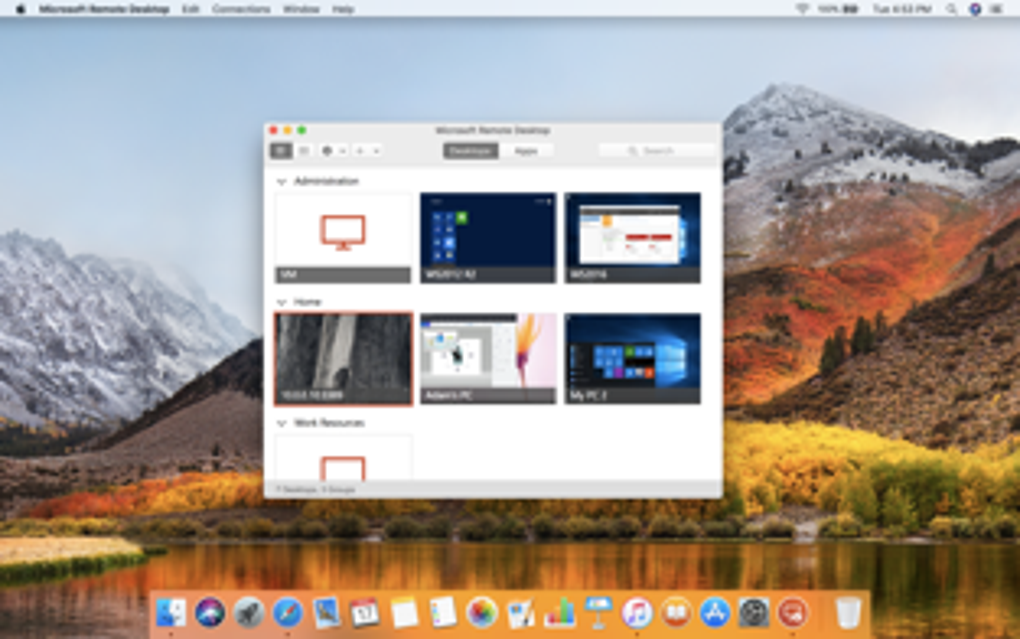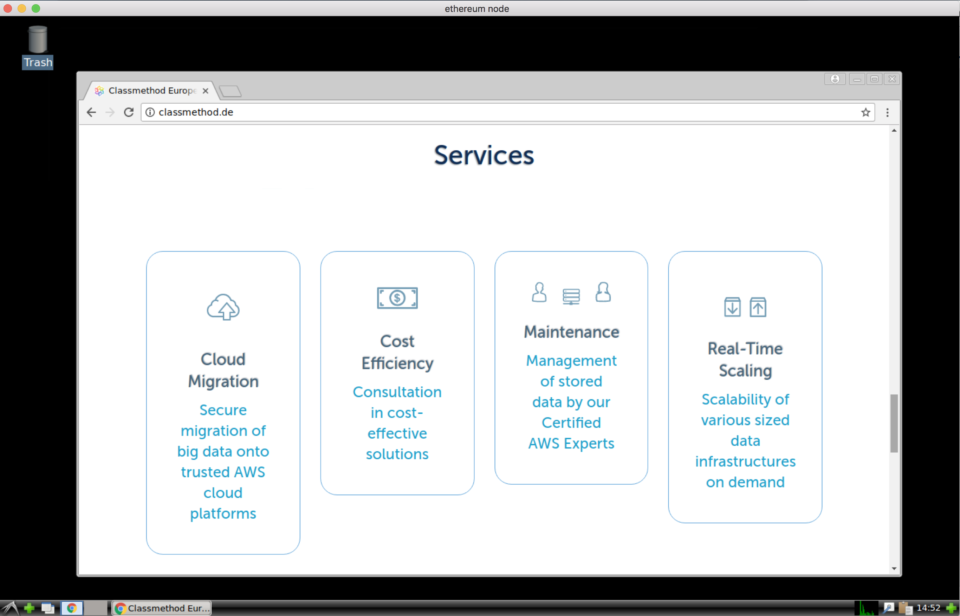

- #Microsoft remote desktop 10 mac freezing on aws install
- #Microsoft remote desktop 10 mac freezing on aws windows 10
This problem often occurs in the latest Windows 10 and Windows Server 2019 builds, and I decided to provide some information about typical solutions from our internal HelpDesk knowledge base. This can be resolved by either enabling System Xorg, or disabling the RENDER extension to do this, create /etc/vnc/config.In this article, we will show what to do if you see a black screen instead of a desktop when you connect to a remote Windows host via RDP. There is a known issue with the RENDER extension in current versions of Xvnc that causes problems with Xfce, resulting in the desktop failing to start.

So for example, from VNC Server 6.2.0+ use: The change was introduced to allow the use of the built-in Xorg to support the Gnome desktop environment. Note: This is a change to the behaviour of previous versions of VNC Server which did require use of the ampersand (&).

Therefore, it is recommended not to use an ampersand (&) to background processes started in this script if you are running VNC Server 6.2.0+. Please be aware that VNC Server terminates when the xstartup script terminates. Vncserver-virtual -kill $DISPLAY xstartup scripts and VNC Server 6.2.0+ Vncserver-virtual -kill $DISPLAY GNOME ClassicĮnv GNOME_SHELL_SESSION_MODE=classic gnome-session -session gnome-classic Vncserver-virtual -kill $DISPLAY KDE Plasma Standard This should be saved to ~/.vnc/xstartup, or /etc/vnc/xstartup.custom for all users on the system, and made executable using chmod +x.īelow are some template xstartup files for common desktop environments. Next, use a text editor to replace the existing xstartup script with the following template: Grep Exec= /usr/share/xsessions/*.desktop You can use the following command to list the startup commands for all the available sessions installed on the system: desktop file in /usr/share/xsessions, which contains the command used to start the environment. Each desktop session should have a corresponding. If the desktop environment you've installed is not the default (for example, you've installed LXDE on a regular Ubuntu system), you will need to modify the xstartup script used by VNC Server to start your chosen desktop environment. There are also distributions which use these desktops by default (or example the Xubuntu or Kubuntu "flavours" of Ubuntu). You can also do this from the command line using the package names mentioned in the table for Debian or Fedora-based systems - for other distributions you may need to search for the exact package name. In addition, older distributions which use Gnome 2 are also known to work well.Įach of the above should be easily installable on most Linux systems using the normal application installer.
#Microsoft remote desktop 10 mac freezing on aws install
We recommend you install one of the following desktop environments known to work with Xvnc: Using VNC Server 5.x or VNC Server 6.0.x - 6.1.x? More desktop environments (such as Gnome 3), applications and extensions will be compatible out-of-the-box. Using VNC Server 6.2.0 or later?įrom VNC Connect 6.2.0 onwards we recommend configuring VNC Server in Virtual Mode to work with the system Xorg server, rather than the outdated version built in to Xvnc. This is the case for the default desktop environments used by Ubuntu 13.04+ and CentOS/RHEL 7+. You see a gray screen if the desktop environment of the remote computer requires capabilities that are not available to the X server built-in to VNC Server in Virtual Mode (Xvnc).


 0 kommentar(er)
0 kommentar(er)
